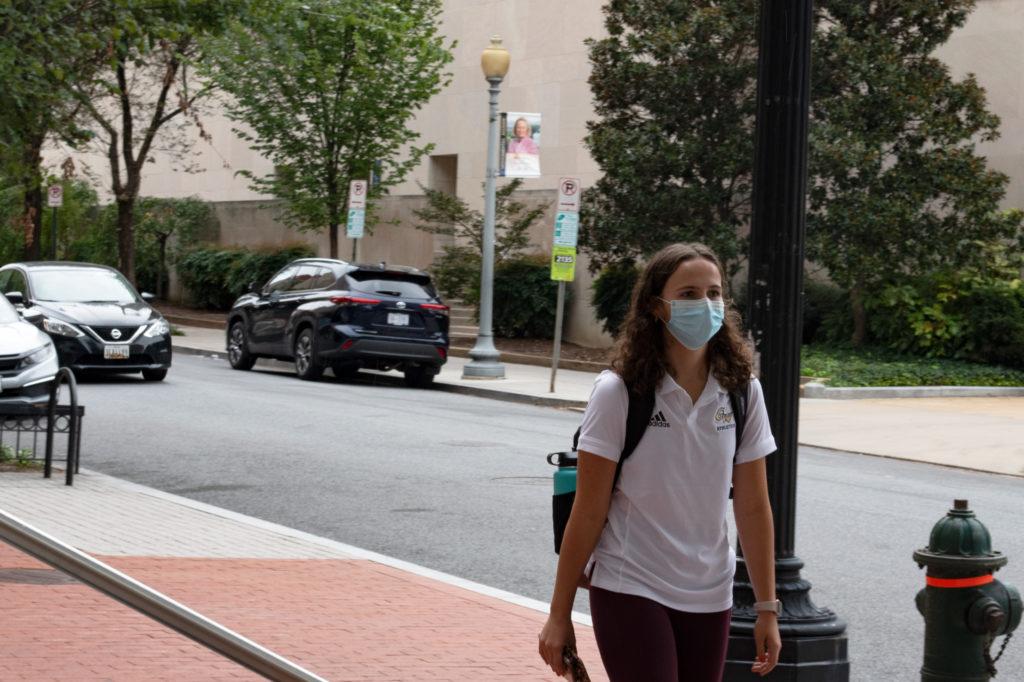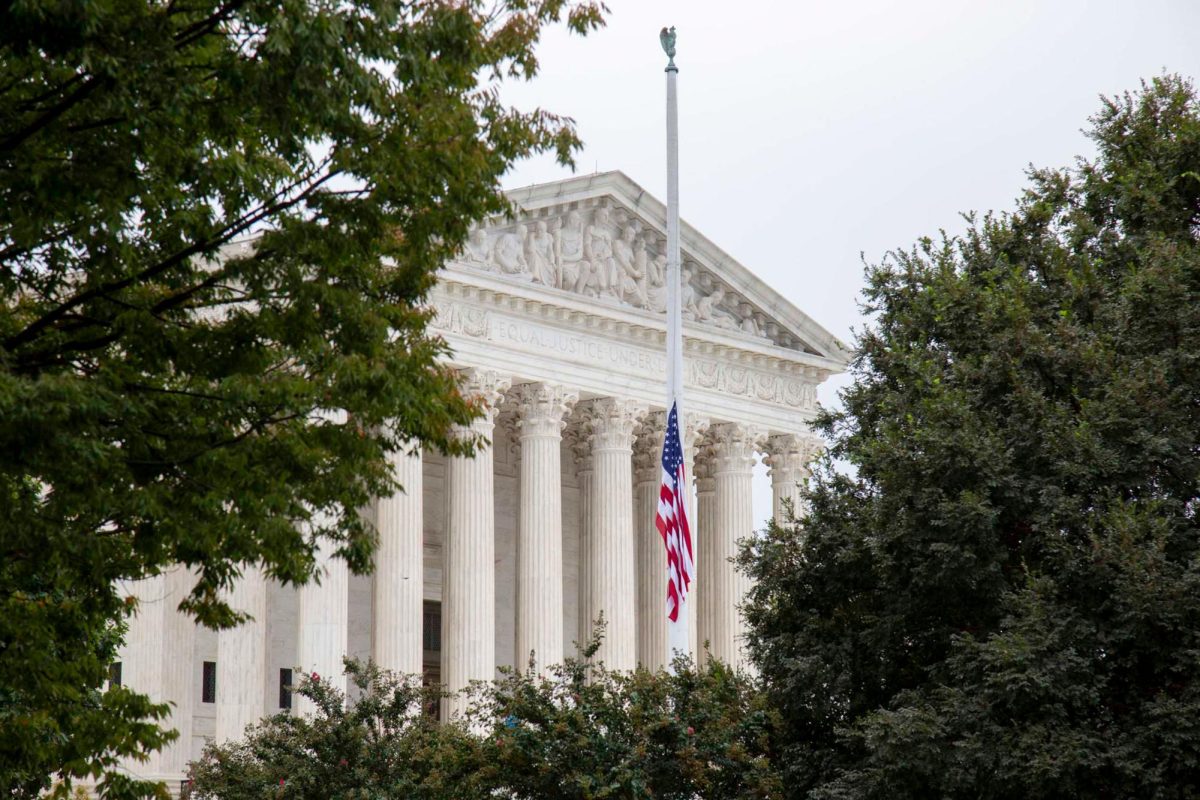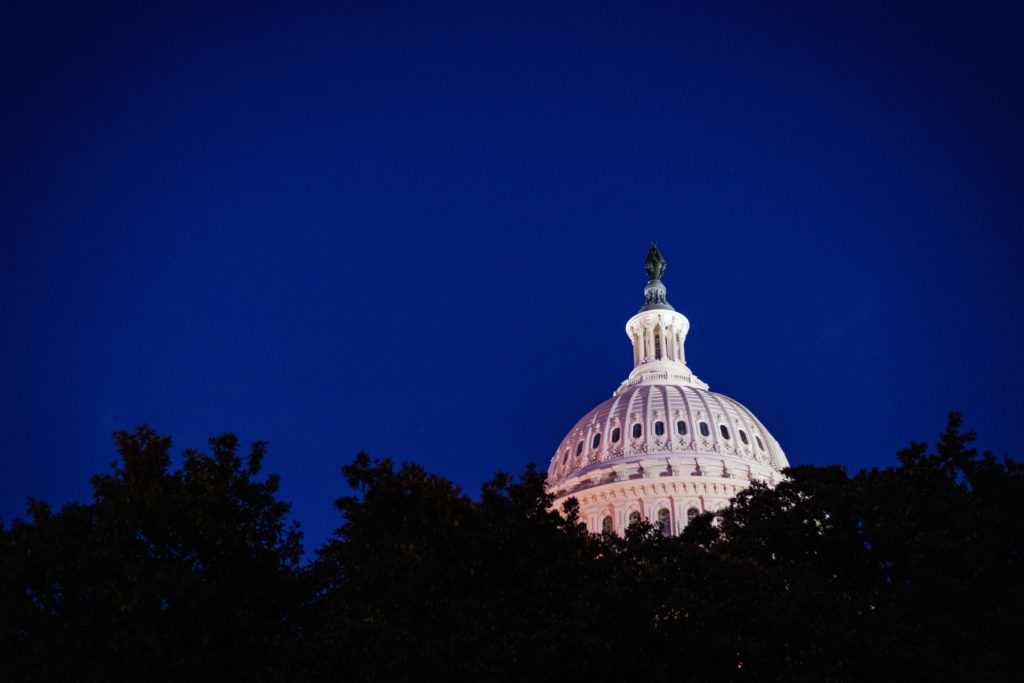Following an increase in the number of COVID-19 cases during orientation week, the University’s caseload has subsided with a lower positivity rate this past week.
The University’s COVID-19 positivity rate, the number of positive cases over the total number of tests administered, started at 0.26 during the week of Aug. 15, rose to 0.43 percent during orientation week and fell back to 0.19 percent during the first week of classes. Ray Lucas, the University’s COVID-19 coordinator, said officials will consider increasing the frequency of required COVID-19 testing if cases continuously rise.
“Identifying cases early and contact tracing is a tried and true public health measure to control the spread of diseases,” Lucas said in an email. “We are considering increasing the frequency of required surveillance testing as cases in the community are on the rise.”
He said the increase in cases is a reflection of the high case rates in the “greater community” and students arriving to campus from all over the world.
The District faced fluctuating positivity rates over the past weeks, recording a 4.3 percent positivity rate during GW’s orientation week and a 4.7 percent rate as of last Tuesday.
Lucas said the increase in COVID-19 cases is also a result of the influx of students on campus, with the University welcoming 27,000 students this semester as compared to 1,500 students last spring.
“The absolute number of COVID cases has increased because the size of our population has increased from a few thousand over the summer to approximately 27,000 in a matter of weeks,” Lucas said.
He said the COVID-19 dashboard varies day to day, but the positivity rate tends to stay around 0.32 percent. Georgetown University, which also implemented a vaccine mandate and a mask requirement for the fall, faced a higher positivity rate of 0.55 percent two weeks ago.
Some peer institutions like Tulane University, which has a mask requirement but no vaccine mandate, faced a higher positivity rate of 1.8 percent two weeks ago. Tufts and Boston universities, which implemented both vaccine and mask mandates, saw lower positivity rates of 0.14 and 0.19 percent this past week, respectively.
The University reopened last week with the return of the entire student population and in-person classes after implementing vaccination requirements, an indoor mask mandate and a monthly testing procedure earlier this year to combat the spread of the virus.
Lucas said officials are monitoring the rise in cases “very carefully,” using metrics like community case rates and trends in viral mutations to inform decisions on operating guidelines. He said GW community members have followed protocols very closely after returning to the University.
“Our campus members have been very compliant with our vaccine mandate, testing requirement and mask policies, and we thank everyone for doing their part,” Lucas said.
Officials said more than 95 percent of students, faculty and staff are compliant with the vaccine requirement.
Lucas said officials believe GW’s campus is “one of the safest places you can be” in terms of the spread of the coronavirus. He said everyone on campus has the responsibility to wear masks in social gatherings and avoid coronavirus infection off campus, which spread as a result of parties around Foggy Bottom last year.
“Students should reframe their social expectations in the era of the Delta variant to activities that are not conducive to the spread of COVID such as outdoor activities and smaller gatherings,” Lucas said.
The University’s highest COVID-19 positivity rate last semester was 2.19 percent in February, while its peak in 2020 was 2.79 percent in November. Since the University reopened last month, the positivity rate on campus peaked at 0.85 percent in late August, according to the COVID-19 dashboard.
Experts in public health and epidemiology said weekly testing can help prevent rises in the University’s COVID-19 cases as students return to in-person classes. They said the gradual rise in the University’s cases since move-in doesn’t surprise them given the rapid nationwide spread of the Delta variant and the drastic increase in the number of students on campus.
The Delta variant accounted for 99.1 percent of COVID-19 cases in the United States over the past two weeks, according to the Centers for Disease Control and Prevention. The University has not shared any contingency plans for operations if the pandemic worsens due to the spread of the Delta variant.
Paul Wilson, an assistant professor of clinical population and family health at Columbia University, said in-person classes will lead to an increase in infections because vaccinated people are still at risk of contracting the Delta variant.
Wilson said GW’s monthly testing routine is ineffective, because someone who tests positive for COVID-19 can spread the Delta variant to others in just a few days. He said even weekly testing is not effective from a public health standpoint, because transmission between students will have already occurred by the time of the test.
“If you’re going to say that everybody needs to get tested once a month, that’s meaningless,” Wilson said. “That’s meaningless because obviously you can get infected with the Delta variant, possibly transmitting to other people in two or three days.”
He said GW should consider testing students with rapid tests every day so officials can isolate students before they spread it to others. The University tested on-campus students weekly last semester and switched to monthly testing after officials implemented the vaccine requirement.
Susan Hassig, an associate professor of epidemiology at Tulane University, said the University won’t be able to control the spread of the coronavirus off campus, despite restrictions like GW’s indoor mask mandate in classrooms and public settings.
“They are not able to control what happens off campus,” Hassig said. “They are not able to largely influence, in many cases, what happens in the dorms.”
Hassig said masks are “tremendously helpful,” but if students don’t wear them correctly, COVID-19 particles can be transmitted through the sides, around the nose and under the chin.
“Most people that I see on our campus aren’t wearing N-95 masks,” Hassig said. “They’re wearing masks that they fit relatively loosely, and aerosolized particles can get out.”
N-95 masks, which are typically used in healthcare settings, form a “seal” around the nose and mouth, creating a much tighter fit than disposable surgical masks, according to the Food and Drug Administration.
Angela Clendenin, an instructional assistant professor of epidemiology and biostatistics at Texas A&M University, said the uptick of cases on campus serves as a sign of increased transmission of the Delta variant.
Clendenin said the University’s vaccine mandate will serve as an “important tool” to stop COVID-19 from spreading through the campus population. She said the pandemic’s spread on campus could have been “worse” without GW’s COVID-19 mitigation policies like vaccine and mask mandates and monthly testing.
“I think the efforts that GW is putting forward – to try to not prevent COVID from being on campus but to try to manage COVID in that campus setting so that they could have as normal an educational experience as possible for their students – is probably one of the best things they can do,” Clendenin said.








